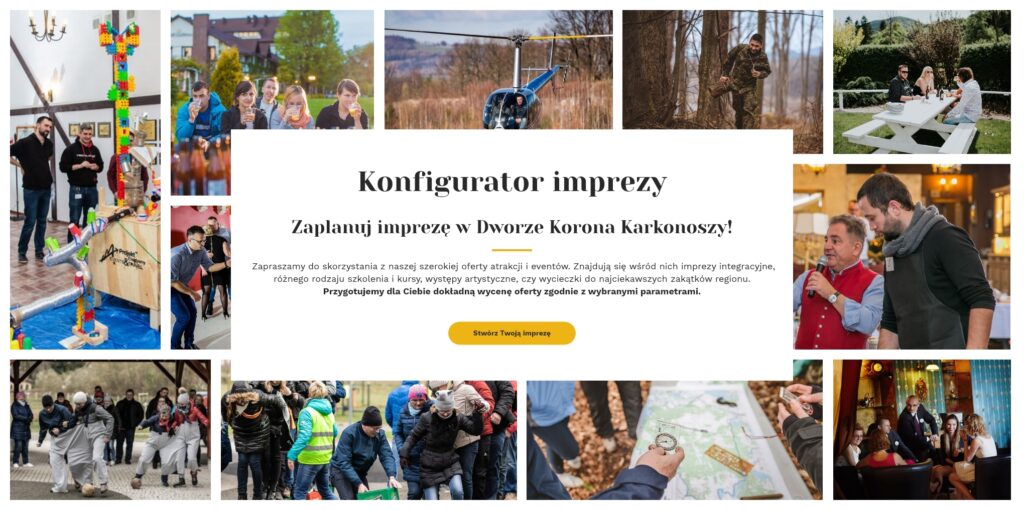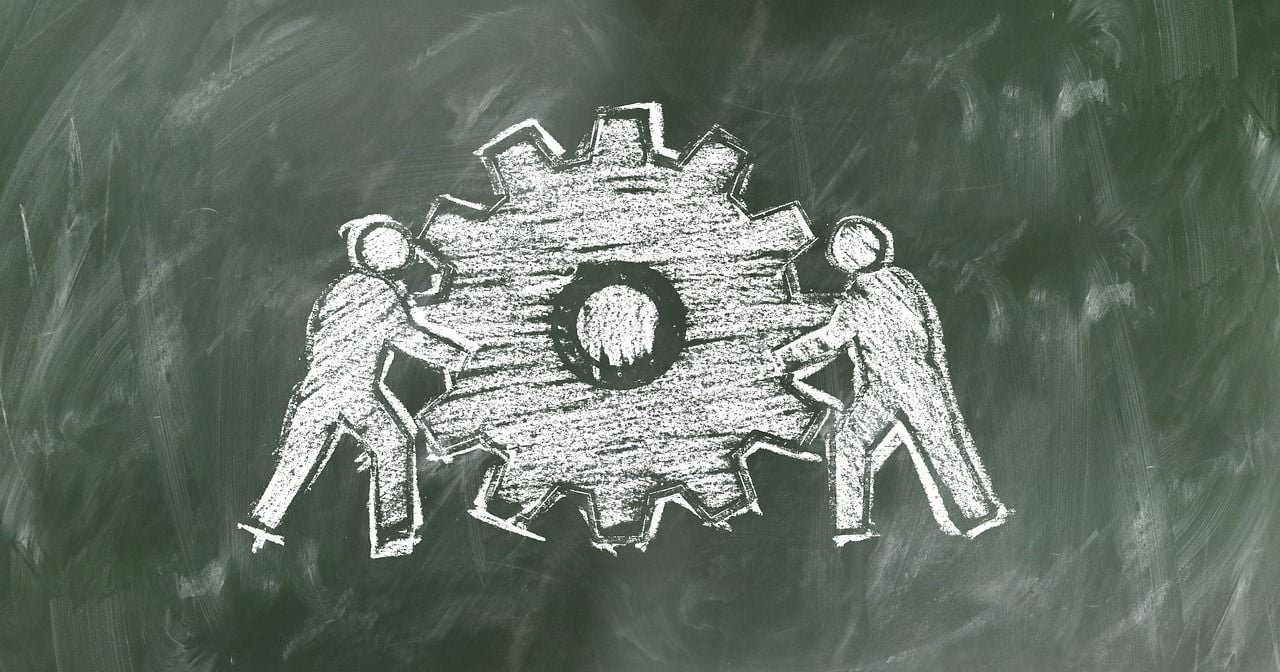Umiejętność komunikacji jest jedną z podstawowych kompetencji społecznych. Ponadto w pracy zespołowej jest wręcz warunkiem konicznym, by efektywnie realizować postawione sobie cele. Komunikacja w grupie oznacza łączność, wymianę, rozmowę. Polega na kształtowaniu relacji międzyludzkich podczas codziennego porozumiewania się na wielu płaszczyznach.

According to the definition, the purpose of communication in a group is the exchange of information, thoughts and ideas as well as the sharing of knowledge and ideas. This process takes place at different levels, using different types of tools, leading to different types of effects affecting the entire group.
What are the elements of proper group communication?
Communication in a group consists of such components as active listening, care for the correct flow of information, openness to the needs and opinions of others, providing constructive feedback and the ability to put out fires resulting from various types of crisis situations.
Communication in a group takes place using various types of conventional signs: words, gestures, sounds, letters, numbers or symbols. We call these character systems codes. The message is conveyed to the receiver through the route chosen by the sender, which we call the channel. We distinguish one-way and two-way, symmetrical and asymmetric, formal and informal, vertical and horizontal, as well as defensive and supportive communication.

One of the advantages of group communication is the involvement of all individuals in joint, creative thinking. As a result, unconventional and original ideas and new proposals for solving problems are often created. The group unleashes creative potential. AND effective teamwork brings measurable results.
Are you looking for a place to integrate your team?
Check out our offer - prepared especially for you.

Group communication and conflict resolution
Communication in a group is not only the exchange of information, but also effective coping in crisis situations. There are four conflict resolution strategies:
- Rivalry, when the parties to the conflict are focused on fighting in the name of achieving their own goals, setting tough conditions, and often also exerting pressure. The parties to the conflict do not listen to the arguments, nor do they empathize with the situation of the other party. They treat any concession as a failure.
- Adaptation, which is a completely different position from competition. This approach to resolving the conflict does not mean that the parties want to lose, but rather that they want to achieve the goal and maintain good relations with the opponent. Both sides show empathy and listen to each other's needs, striving to make various concessions.
- Avoiding when both parties agree to avoid confrontation and unnecessary discussions. This approach leads to a lack of any arrangements.
- Cooperation, which is the most effective form of conflict resolution. The fruit of cooperation is a compromise that satisfies both sides equally.
Conflict management tools include various types of confrontation meetings, negotiations, exchange sessions, mediation, simulations of specific situations and arbitration.
Communication in a group - what affects its quality?
Integracja w pracy to coś, czego nie da się przecenić. Sukces zespołu zależy od tego, czy odpowiednie informacje dotrą w odpowiednim czasie do odpowiednich członków grupy. Grupę tworzą osoby o różnych temperamentach i osobowościach. Niektóre jednostki charakteryzują się wysokimi zdolnościami komunikacyjnymi, a inne muszą nad tym jeszcze popracować.
Communication in the group should be clear and understandable for all participants. Messages should be clear and concise, and the process of sharing information should becommunication should be based on empathy and empathizing with the attitudes and expectations of other interlocutors. An important rule in the field of interpersonal communication is to maintain consistency between verbal and non-verbal expression. the most importanton the other hand, a friendly and kind attitude towards the interlocutor remains. It can compensate for any deficits in communication skills.

The composition of the group tasked with achieving specific goals cannot be random, forced or imposed by the current employment structure. The criteria for selecting members should result from the tasks assigned to the team as well as personal predispositions and competences. A team leader must develop a sense of when to say something and when not to say something. Inappropriate criticism of one person may disturb communication of the entire group. Tactless behavior can create unnecessary distance. Team meetings that build intimacy will help increase trust and strengthen the leadership position, while increasing respect for all group members.
Building the right relationships in a group requires going through the individual ones integration stages. Effective communication in a group requires learning – both theoretical and practical. It is an art that constantly needs to be refined and adapted to changing circumstances. The most important skill is active listening and respecting the feelings of others. Effective communication in a group is based on a specific, fast and clear message. We are able to polish all these competences with everyday practice.
